Analysis of Development of University Sport: State and Perspectives
Фотографии:
ˑ:
L.I. Lubysheva, professor, Dr.Hab.
N.V. Peshkova, associate professor, Ph.D.
Surgut state university, Surgut
Key words: elite university sport, mass university sport, student-athletes, Universiade.
Introduction. The XXVII World summer Universiade in Kazan has become the largest event in the sports life of our country, and the results shown in it largely indicate the revival of university sport in Russia. This is precisely the goal which was set by President Vladimir Putin, who has repeatedly stated that university sport should be considered as one of the most important directions of social policy, indented to provide sustainable spiritual and physical development of young people via the integration of education, sport and culture.
In this context it is important to note that for the majority of student-athletes such competitions are a real school of sports victories and failures, many of them become the members of Russia's national teams after winning the Universiade. Here we can talk about elite sport, but the issue of development of mass university sport and the opportunities of training sports reserve within universities are still important.
The purpose of the study was to estimate the satisfaction of students and trainers with the development of university sport at higher schools, as well as the conditions created in the educational institutions to improve effectiveness of training and competitive processes.
Methods. The investigations were carried out during the final stage of the III National summer Universiade which took place from June 23 to July 9, 2012, in Surgut and Khanty-Mansiysk. Altogether 27 university employees (trainers and teachers) and 187 students (103 young men and 84 young women) specializing in the following sports: basketball, swimming, Russian rounders, taekwondo. Specially designed questionnaires, both for trainers and athletes, contained 19 questions some of which were duplicated, that were used to compare the opinions of both sides participating in the training process.
Results and discussion. Answers of the respondents to the question ‘Are you satisfied with the development of university sport in your university?’ are shown in Fig. 1. In general, it can be noted that less than 50% of both teachers and students were satisfied; the comparison of young men’s and women’s answers showed that the latter ones were more close to the opinions of their trainers and amounted to 25%, whereas for young men it equaled 65%.
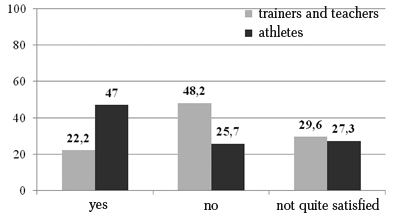
Fig. 1. Answers to the question ‘Are you satisfied with the development of university sport in your university?’, %
The main reasons for the dissatisfaction were the inadequacy of sports equipment to modern requirements, the lack of gyms, outdated equipment and facilities. Although in the last time great attention is paid to the development of the university sport infrastructure, e.g. the United Russia party project ‘500 pools’, this infrastructure is still old-fashioned in many educational institutions. This was confirmed by the questionnaire results, fig. 2.
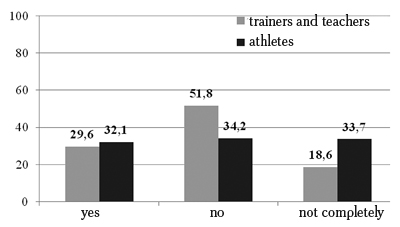
Fig. 2. Answers to the question ‘Do you consider sports infrastructure in your university to meet the modern requirements?’, %
Only 30% of the respondents considered that the sport infrastructure of their university met the modern requirements, and the teachers were even more skeptic; many trainers also noted that they held trainings in rented premises because their universities did not have suitable conditions.
We believe also that a sports club supervising all physical culture, mass sport and fitness activities is necessary at every university for the successful development of university sport in it. [1]. However, the polling of students of 18 universities showed that sports clubs were organized only at 50% of them; some respondents noted that their universities used to have sports clubs but then they were closed. A number of trainers and teachers noted that, though their university had a sports club, that club did not function properly. This was indirectly confirmed by contradictory answers given by students of same university to the question about the availability of a sports club in their university.
As mentioned above, the survey was carried out among student-participants of the III National summer Universiade which was aimed, besides the development and popularization of sport in the Russian Federation, also at enhancing physical abilities and sport skills of the Russian sports reserve, thus the survey participants were certainly involved into training and competition activities, and they were highly motivated for further growth of their sport skills and results.
However, only 59,9 % of the respondents consider university sport as a “launching pad” into elite sport (fig. 3), whereas 74% of trainers and teachers thought so.
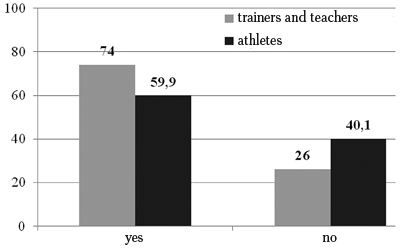
Fig. 3. Answers to the question ‘Do you think that university sport can be a “launching pad” into elite sport for you (for your student-athletes)?’, %
Perhaps, these results can be explained by the youth crisis age, when students for the first time face the existential crisis [2], and the search for their place in the society makes some of them quit further active sports in order to focus on the professional activity. This aspect is especially important for the student-athletes who experienced a decline in sport results caused by a trainer change, as in this case the uncertainty in their own capabilities for further sport achievements arises.
Here we consider necessary to present athletes’ and trainers’ answers to the question ‘In your opinion, university sport for you (student-athletes) is first of all …?’ (fig. 4).
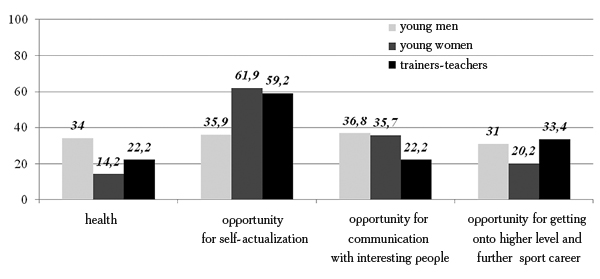
Fig. 4. Answers to the question ‘University sport for you is first of all …?’, %
According to the analysis of the findings, only approximately 30% of athletes (the index for girls is 20,2%) believe that participation in student top competitions will provide for their qualification to the country's national team in the future and will contribute to their further sports career. The capability of self-actualization was a dominant factor among girls (61,9%). As for boys, no specific advantage of some factor has been revealed.
And in the end of our analysis let us talk about the prospects. The majority of respondents believe that the optimization of development of university sport in our country needs: sports club with independent financing in every high school; higher salary for trainers and teachers of particular sports; essential improvement of high school sport infrastructure; improvement and expansion of the calendar of student competitions, heightening their status; enhancing the financial support of university sport in general.
References
- Peshkova, N.V. Planning of the system of management of development of university sport in a modern university / N.V. Peshkova, A.A. Peshkov // Teoriya i praktika fizicheskoy kultury. – 2012. – № 5. – P. 83-85. (In Russian)
- Slobodchikov, V.I. The basics of psychiological anthropology. Psychology of human development: Development of subjective reality in ontogenesis / V.I. Slobodchikov, E.I. Isaev. – Moscow: Shkol'naya pressa, 2000. – 416 P. (In Russian)
Corresponding author: fizkult@teoriya.ru

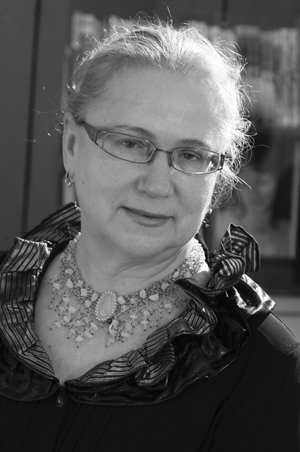

 Журнал "THEORY AND PRACTICE
Журнал "THEORY AND PRACTICE